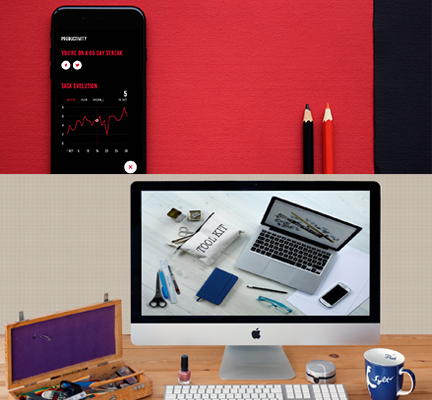UI design
What is User Interface (UI) Design?
User interface (UI) design is the process of making interfaces in software or computerized devices with a focus on looks or style. Designers aim to create designs users will find easy to use and pleasurable. UI design typically refers to graphical user interfaces but also includes others, such as voice-controlled ones.
Designing UIs for User Delight
User interfaces are the access points where users interact with designs. Graphical user interfaces (GUIs) are designs’ control panels and faces; voice-controlled interfaces involve oral-auditory interaction, while gesture-based interfaces witness users engaging with 3D design spaces via bodily motions. User interface design is a craft that involves building an essential part of the user experience; users are very swift to judge designs on usability and likeability. Designers focus on building interfaces users will find highly usable and efficient. Thus, a thorough understanding of the contexts users will find themselves in when making those judgments is crucial. You should create the illusion that users aren’t interacting with a device so much as they’re trying to attain goals directly and as effortlessly as possible. This is in line with the intangible nature of software – instead of depositing icons on a screen, you should aim to make the interface effectively invisible, offering users portals through which they can interact directly with the reality of their tasks. Focus on sustaining this “magic” by letting users find their way about the interface intuitively – the less they notice they must use controls, the more they’ll immerse themselves. This dynamic applies to another dimension of UI design: Your design should have as many enjoyable features as are appropriate.


